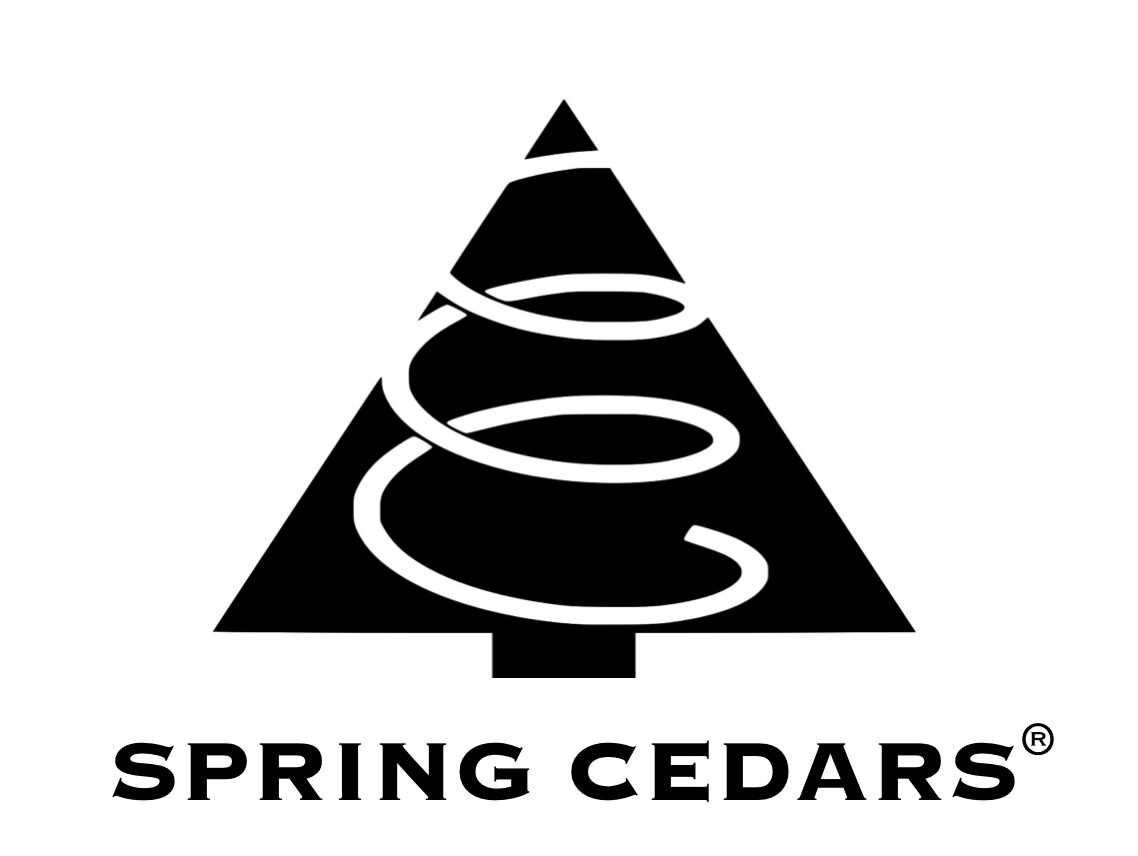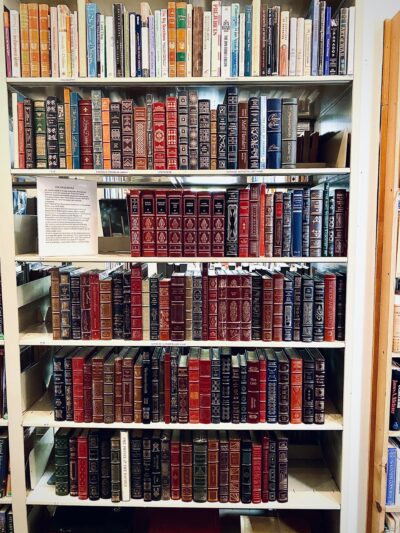How do bookstores curate their selections?
Have you ever walked into a bookstore and felt at peace? All of your favorite books, authors, and genres in one space, organized and categorized to perfection? If so, you’re not only most likely a bibliophile (a lover of books), but you’ve also fallen victim to a beautifully curated bookstore. You might also have walked into a bookstore, realized they didn’t have any of the titles you were looking for, and walked out.
How do bookstores make their selections? With up to one million books published each year, how do they decide which up-and-coming titles to purchase? The curation process is one of the most strategic ways the bookselling business markets their products. Read on to learn how carefully selecting books impacts bookstores.
Enticing readers
Ever since the Amazon apocalypse, both indie/boutique and chain bookstores alike have struggled to keep up with the convenience of online shopping. With many consumers turning to digital reading formats, it’s difficult for bookstores to gain new customers. The COVID-19 pandemic also certainly hasn’t helped. The focus has shifted towards the experience inside of a bookstore. Therefore, it’s even more imperative for their selections to be chosen with careful consideration. Check out this article from the New York Times for advice on bringing your bookstore to life.
Many customers are collectors. They come to the store seeking not only a specific subject, but sometimes also a specific format. Leatherbound, miniature, and hardcover books are popular choices.
In an interview with Charles Leakey, owner of Leakey’s Second-Hand Bookshop in the United Kingdom, he emphasized that when it comes to curation, it’s most important to carry the books people want. With that in mind, it’s important for every bookstore to keep up with current reading trends, the genre marketplace, and publishing news.
“We get boxes and boxes of books and if I kept every book we had, we would need a dozen or more churches. No, the key is to be very ruthless about the books you let in,” he said.
Check out this article for 10 rules on building a post-Amazon bookstore, which emphasizes discovery as part of curation. If you surprise customers with books that they didn’t know they wanted to buy, they’re more likely to come back.
Marketing strategies other than curating
Today, it often takes more than just a great selection of books to make customers want to come back. Bookstores often hold events, such as author readings, discussions, and signings, to bring the titles they sell to life. Like the stories themselves, bringing in the writer makes your bookstore come alive.
Word of mouth is the best form of marketing. Bookstores can get customers to talk about their business by crafting a unique experience. Other than ordering from publisher’s catalogues based on reviews, bookstores often find ways to tap into their readers’ passions.
Finally, many bookstores dedicate a section or aisle to recommendations made by their individual employees. This not only makes the bookstore feel personalized, but it also lets customers get to know their booksellers and build a connection.
A magical place full of ideas
“Great retailers are ruthless curators,” writes Vaughan Fergusson on their blog. It’s no secret that many people find comfort in bookstores, enticed by the endless ideas to explore and places to visit. While every bookstore – retail or indie – offers something unique, there are certain trends and quirks bookstores have to make their selection the most appealing to the customer.
Have more questions or want to get in touch? You can reach out HERE.

